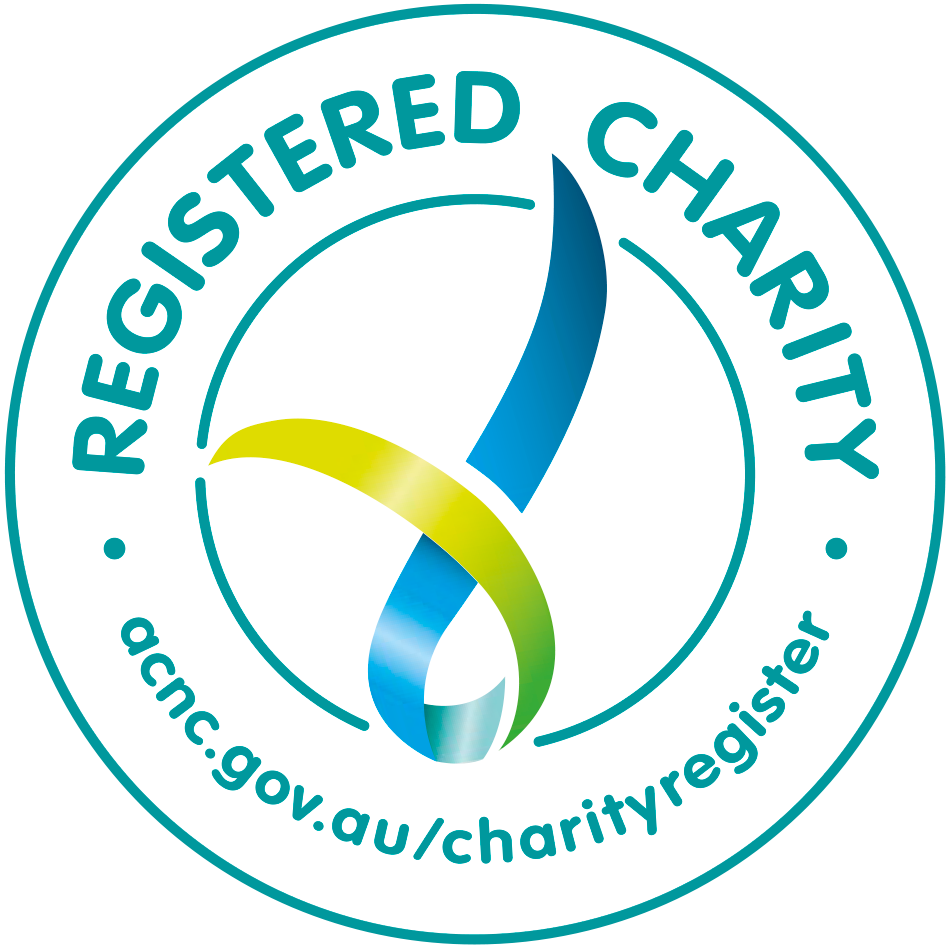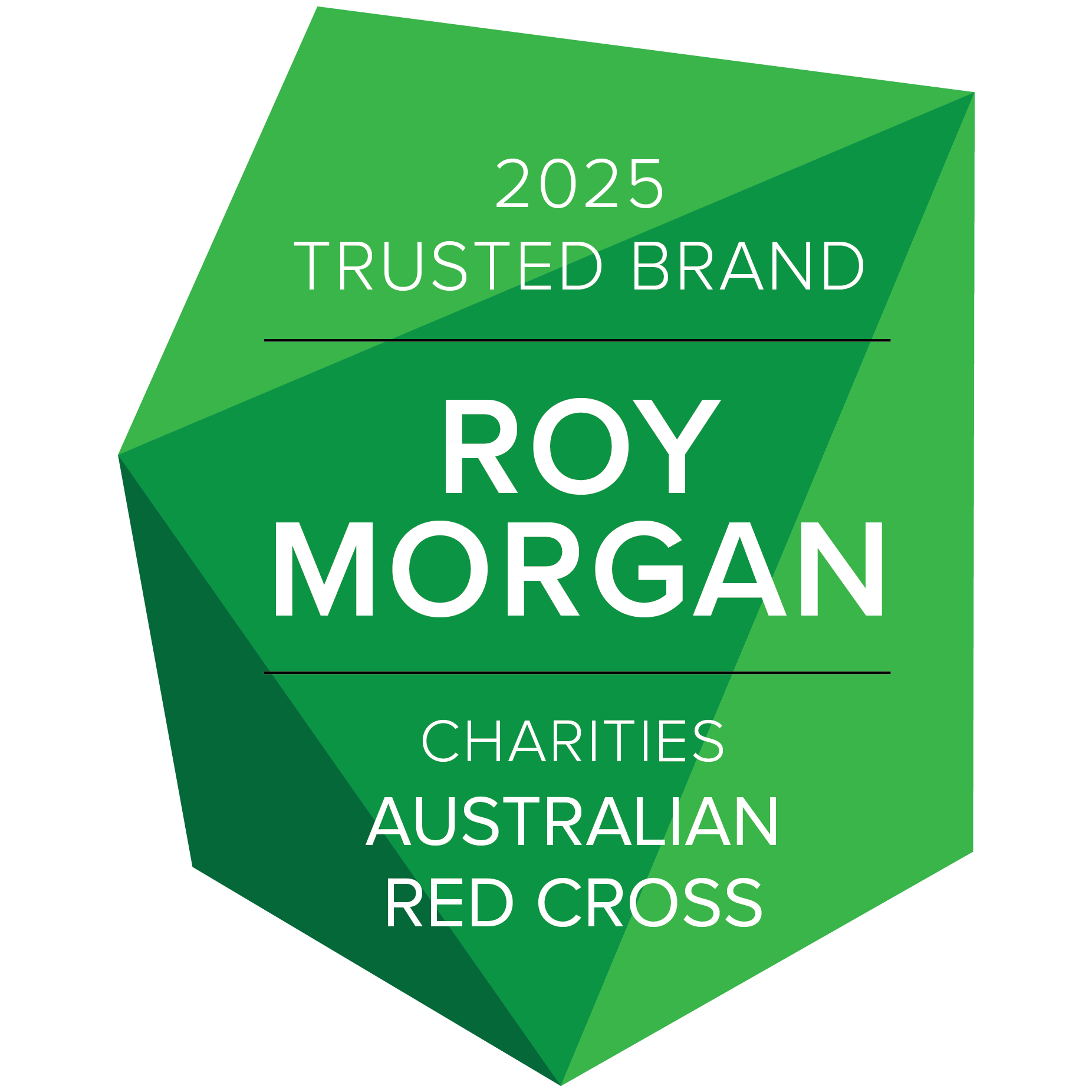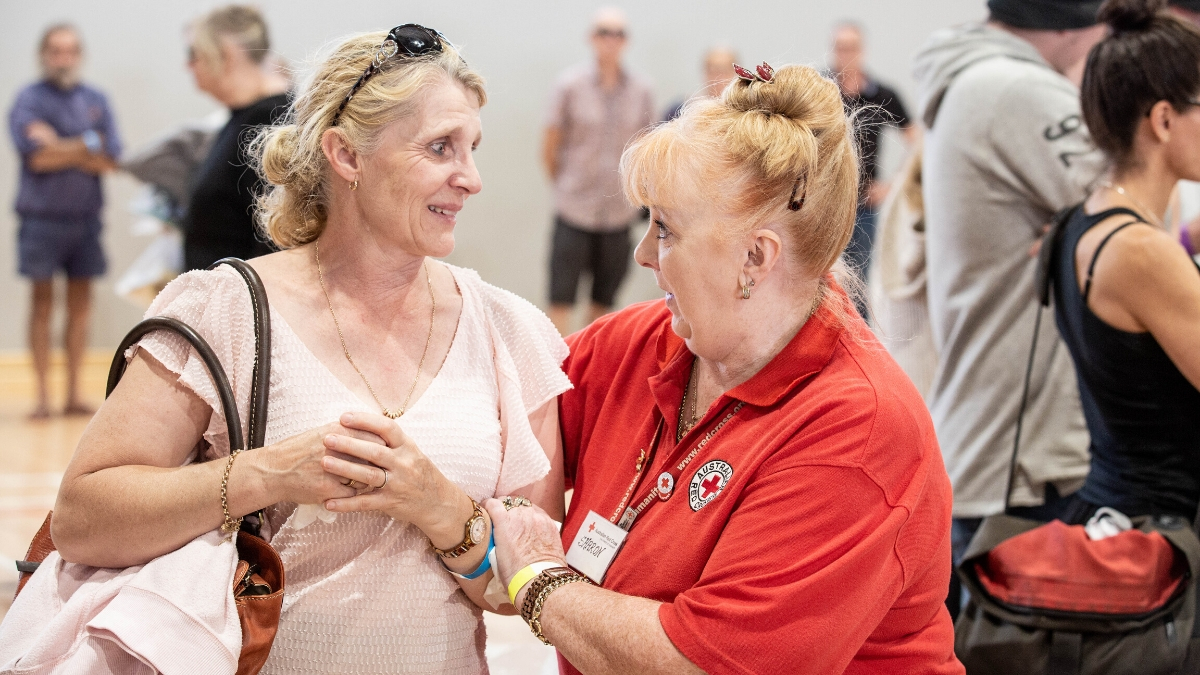By John RichardsonThe whole range of human emotion is on show right now, sometimes all at once. The very nature of emergency or disaster both takes away some of the boundaries, and sharpens the focus. It is an extreme rollercoaster ride for those caught up in the midst of it, those helping out, and those looking on.
These are, as the saying goes, all normal reactions to abnormal times. When you say this to someone who has been through what they’ve experienced, first there’s a bit of a double take, then a realisation that they are “normal”, and others are experiencing it too. No two people experience the disaster in the same way.
People may cede a level of control over what they are able to do when faced by the emergency. The levels of uncertainty are extreme. This is unusual for us in our daily lives (sure, societal norms and laws stop us from doing certain things), where we make decisions about the clothes we are going to wear that day, the breakfast we are going to have, the people we are going to meet, the places we are going to go.
All this goes out the window in the disaster.
You have the clothes you are wearing, you eat what is in front of you, you are told to go to the evacuation centre, leave town, go to the wharf. You spend time with people you don’t know. And you don’t know what is happening. You don’t know if your house is still standing, your family or friends are alive, or when you are likely to be able to leave.
Hence, we see the
emotions of disbelief, fear, anger, sadness, grief, joy, guilt, frustration, helplessness, surprise, shame, euphoria, and hope on display. People have described this to me as sometimes feeling them all at once, or swinging from one emotion to another. They can be sharp or come in waves. Most of these feelings and emotions resolve as certainty returns and control is resumed.
Physical reactions may also rise. Tiredness, lack of sleep, upset stomach, difficulty in concentrating, muscular tension, menstrual changes. This, coupled with the thick smoke can also be concerning.
Relationships may change. They may suffer, or they may strengthen. Between partners, and between parents and children, and between siblings, and between friends, colleagues, and acquaintances. This will all depend on each person’s experiences and the decisions that were made during and after the emergency.
For many communities already in NSW and SA, they have been under threat since early November. Other communities will now feel that. This leads to a different type of fatigue. We saw this in the Alpine communities back in 2003, when the fires burnt for 60 days, and each night advanced down the slopes to threaten towns, only to retreat during the day. People spoke about the feeling of siege, of life during wartime, of wanting some resolution, "just let it burn."





